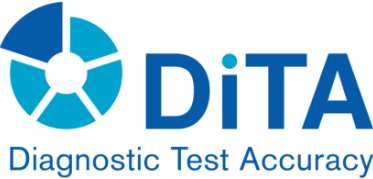The logic of diagnostic test accuracy studies is simple. In these studies, a sample of people suspected of having a particular condition are assessed with the diagnostic test of interest (called the “index test”). The same people also have another test applied to them that is thought to accurately measure the condition of interest. This test is called a “reference test” or “reference standard”, or sometimes the “gold standard test”. As the reference test is assumed to be accurate, the index test is said to be accurate if it is found to give the same results as the reference test. The degree of concordance between the index test and the reference test provides a measure of the accuracy of the index test.
When reading a report of a study of diagnostic test accuracy, you should look for study characteristics that suggest the study is likely to provide trustworthy estimates of the accuracy of the diagnostic test. Ask three questions:
- Was the reference test accurate?
- Was the index test conducted and interpreted without knowledge of the finding of the reference test?
- Was the study conducted on people for whom there was diagnostic uncertainty?
To find out more about how to read a diagnostic test accuracy paper visit the DiTA tutorials.
Your ability to read scientific articles will improve with practice. Make the commitment to read at least one article per month and share your reading with the global physiotherapy community using #MyPTArticleOfTheMonth.
#PhysicalTherapy #physio



